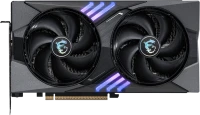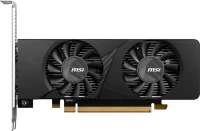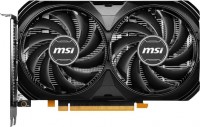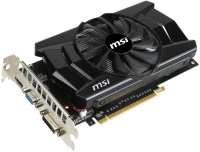Graphics Cards MSI series Classic
prices on 2 modelsMSI Classic
Against the backdrop of a raging semiconductor crisis, a shortage of microchips and an overheated graphics card market by miners, many component manufacturers made a knight's move and pulled old video accelerators from long-forgotten product lines off the shelves. In particular, the Taiwanese brand MSI turned a similar trick with the Classic line, which includes only entry-level and mid-level accelerators of past and the year before last. Most often, these are hits of the past proven by gamers with a single or dual cooling system, a minimalist design, no backlighting, and a modest amount of video memory in the region of 3 to 6 GB. Such cards have always been appreciated by budget gamers who do not yet plan to switch to playing in 2K or 4K resolution.
 |
The MSI Classic line is based on inexpensive Nvidia and Radeon video cards of the past and the year before last, in the manner of the Radeon RX 570/RX 580 or GeForce 1650/1660. If you are not playing games for the sake of the gaming processor itself, and not for the beautiful graphics, then this option feels plus or minus cheerfully even by the standards of 2022. In particular, the GeForce 1660 demonstrates the same performance as the NVIDIA RTX 3050, even if it does not support ray tracing with DLSS. In general, such a card will give out an adequate frame rate at medium graphics settings in the conditional GOD Ragnarok. Especially if there is not 4 GB, but 8 GB of video memory on board.
Interestingly, MSI went even further than Asus and Gigabyte and did not hesitate to take even the most low-powered samples of video cards from the past years off the shelves. For example, at the end of 2022, very old men returned to stores in the manner of the GeForce GT 710 and GT 730 with 2 GB of memory, which did not have enough stars from the sky even at the time of their release. And nowadays, at best, they claim the status of a plug for office PCs to connect a monitor if the processor does not have an integrated video core.










